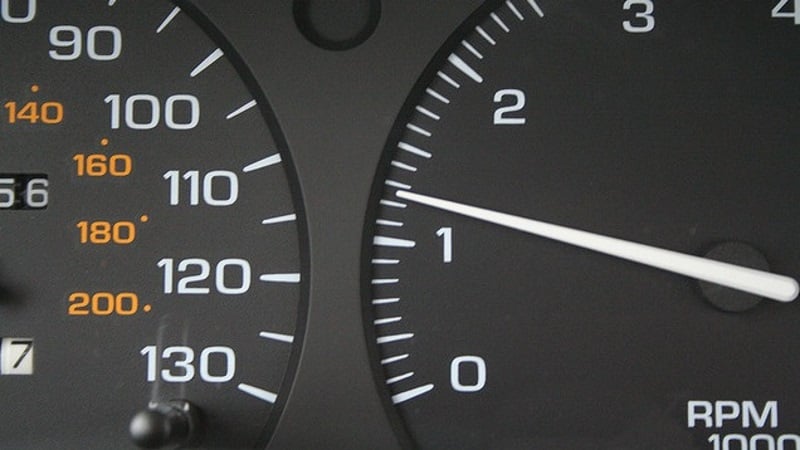High Idle Levels: What’s Up With That?
Ever noticed your engine racing when you’re just sitting at the lights on Te Rapa Road, or waiting outside the Base during Christmas madness? Maybe your car’s idling feels rough, noisy, or you just know it’s pulling more fuel than usual, even when parked up in Chartwell before the Saturday market. Happens a lot with all sorts, from Honda CRVs through to Volkswagens and even the odd SsangYong every now and then!
So what’s actually going on under the bonnet when idle speeds shoot up? Well, when your car’s in park or neutral, it should sit at a steady, low RPM, just ticking over nicely. But if things go out of whack – like the idle control valve isn’t chatting properly with the rest of the motor – you’ll start hearing the revs climbing up, maybe sitting over 900 RPM on warm days, when a Mazda Demio or a Toyota Corolla should be closer to the 750 mark when warmed up. If you drive something with a bigger donk, like a Ford Falcon or Nissan Elgrand, it could idle slower still.
How Can You Tell If Your Idle’s Too High?
Rev Counter’s Up: Main giveaway. Look at the tachometer on the dash when you’re at a standstill, like queueing around Five Cross Roads. If it’s sitting way higher than normal or bouncing around, something’s up.
Slurping Petrol: If you’re nipping between Hamilton and Morrinsville or fighting Cambridge traffic and noticing the fuel light’s coming on much quicker, that high idle could be to blame. Idling burns through fuel faster than you’d think, especially with all the stop-start traffic on a wet winter morning.
Noise and Shaking: Sometimes it’s just the noise – you can hear the car working harder when it should be chilling out. And if you’re getting shakes (especially on older Subarus or a grumpy BMW 318i), that’s another sign.
Clunks or Jerks Into Gear: If your Mazda Axela or Kia Carnival automatic bangs or jerks into drive when you take off from Hillcrest shops, the idle might be set way too high.
What Causes High Idle?
Seen a bit of everything in the workshop, especially with Hamilton’s potholes, summer dust, and soggy winters across Tamahere and out towards Ngaruawahia. Common stuff:
Faulty Idle Control Valve
This bit keeps the engine behaving at idle. When it clogs or stops working, like we’ve seen on a few Suzuki Swifts and Peugeot 308s, the revs don’t drop like they should.
Blown Fuse
Sometimes it’s just a fuse blown for the idle valve – happens more than you’d think, especially after a shock from all those speed bumps in Glenview.
ECU or Sensor Issues
Modern cars love their sensors, but if one sends wonky info to the computer – like dodgy airflow or engine temp readings – you’ll get a fast idle. Had a Hyundai Tucson in last week with just that problem.
Vacuum Leaks
Tiny hoses, big headaches. If there’s a leak, the engine takes in too much air, mixes things up, and the revs jump. Heaps common on older Mazdas and any car that’s done a few rough country kilometres out Taupiri way.
Other Oddballs
Things like the engine coolant temperature sensor or the electrical load detection circuit can trick the car into thinking it needs to rev faster – especially if you’re running the heater flat out across Rototuna on those freezing foggy mornings.
High or Rough Idle? Let’s Sort It
Look, if your idle’s up the wazoo, it’s not just a fuel waster – it can do long-term damage and make your emissions blow out for WOF time. Come and see us at Grimmer Motors. One of our techs will give your car a proper once-over, figure out what’s behind that racing idle, and get things running sweet again – doesn’t matter if it’s a classic Corolla, cheeky Fiat 500 or even your hybrid.
No need for guesswork – Book Now and get back to smooth running, even if you’re just running the kids from Flagstaff to Dinsdale!

